Writing Teaching Resources
Teaching writing strategies and the writing process this school year? Explore a comprehensive collection of teacher resources for elementary and middle school ELA teachers — all created by teachers!
Stocked with graphic organizers, writing prompts, templates, worksheets and so much more, this collection of printable and digital activities is designed to help you as you help your students become more effective communicators and unleash their creativity and imagination.
Save time on lesson planning with resources that have been through a careful review process by an expert member of our teacher team to ensure they're ready for your classroom and your students!
Are you looking for tips and tricks to add to your teacher toolkit this school year? Read on for a primer from our teacher team, including engaging activities for teaching writing in elementary and middle school and a look at some of the different writing strategies your students will need to learn.
11 Writing Strategies Kids Should Know by the End of Middle School
We can't talk about teaching kids to write without talking about the different writing strategies that can help them do just that!
When it comes to teaching our students to become confident writers who articulate their ideas effectively, here are some of the strategies our teacher team prioritizes:
1. Brainstorming
Brainstorming is something we often do in the classroom, and it's a crucial part of learning to generate the ideas that will drive students' writing as they progress through their educational journey. Kids should know how to create a list of potential topics or points related to a particular writing assignment.
With younger students, this is often done as a whole group by writing ideas and points on chart paper. In upper grades, students transition over to using text-based materials to generate ideas and talking points.
2. Outlining
Before diving directly into any assignment, our students should be able to create a structured framework or outline. Teaching students how to create this outline will help them organize their thoughts and arguments for penning their essays, reports and research papers.

3. Using Graphic Organizers
Technically graphic organizers are classroom tools, so you may not think of their use as a writing strategy per se. However, learning to use these tools is another means of providing kids with the tools they need to organize their ideas and information before they sit down to write.
These organizers are particularly useful for expository writing — students can use them to outline main ideas, supporting details, and transitions.
Students can also take advantage of story maps when they are working on narrative writing to plot the key elements of a story, such as characters, setting, conflict, rising action, climax and resolution.
Graphic organizers such as the OREO strategy and hamburger paragraph are also great tools for students to use when working with opinion and persuasive texts.
4. Freewriting
Writer's block is the enemy of creativity, and it can easily frustrate young students who don't know where to begin.
When students freewrite, they write continuously without worrying about grammar or punctuation. This writing strategy can be extremely freeing — hence the name! — and helps frustrated writers move past that writer's block, generating fresh ideas.

5. Peer Editing
Learning to review and provide constructive feedback on each other's work is a great writing strategy to employ in your classroom to help students improve their writing quality and enhance their editing skills.
The strategy allows your students to learn from one another, and it arms them with an important tool they can use well into the future — calling on peers to provide a critical eye to a piece of writing.
6. Using Sensory Language
Working on descriptive writing? With this writing strategy, students engage the reader's senses through vivid and sensory language to create a more immersive experience.
7. Including Transitions and Connectives
As students become more proficient in the writing process, learning to use transitional words and phrases allows them to create smooth transitions between sentences and paragraphs. This strategy makes their writing more coherent and polished.
8. Incorporating Evidence
In persuasive, opinion, and expository writing, students are taught to support their claims with evidence and examples to strengthen their arguments.
It takes some practice to train your students to use evidence in their writing, so it's often a good idea to start with something simple, like the R.A.C.E.S. strategy.
9. Crafting a Thesis Statement
In expository, opinion, and persuasive writing, crafting clear and concise thesis statements that summarize the main point or argument of their essay helps students be more focused and organized in their writing. This strategy can also have the effect of empowering students to express their ideas confidently and persuasively.
10. Incorporating Introductions and Conclusions
With this strategy, students practice crafting effective introductions and conclusions that grab the reader's attention and leave a lasting impression.
11. Following a Revision Checklist
Teaching your students to use a revision checklist is a strategy that will help them be more self-reflective, evaluating their own writing against the checklist criteria and becoming more aware of their strengths and weaknesses.

- Plus Plan
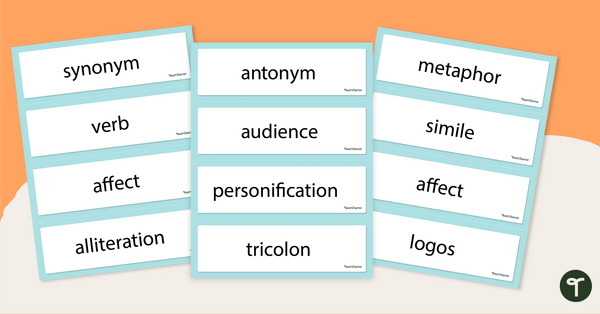
Opinion Writing Word Wall Vocabulary
Vocabulary for an opinion writing word wall.
- Plus Plan
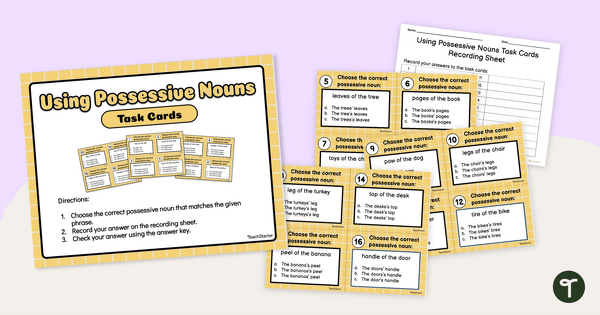
Using Possessive Nouns - Task Cards
Practice writing phrases using the correct singular or plural possessive noun with a set of task cards.
- Plus Plan
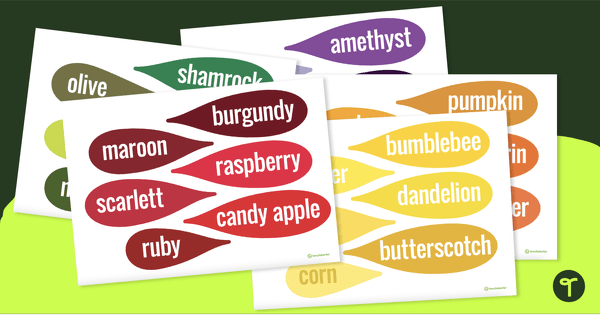
Color Adjectives Word Wall
Help support students color adjective use with our colorful word wall display.
- Plus Plan
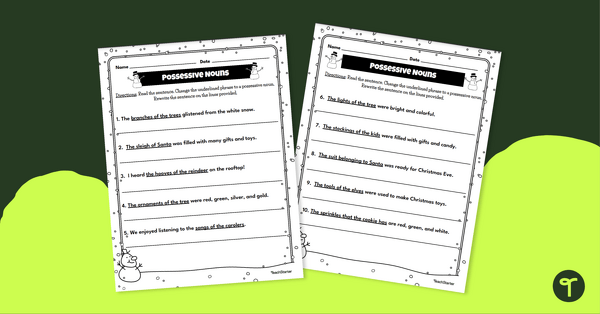
Christmas Possessive Nouns Worksheet
Practice identifying possessive nouns with this Christmas-themed worksheet.
- Plus Plan
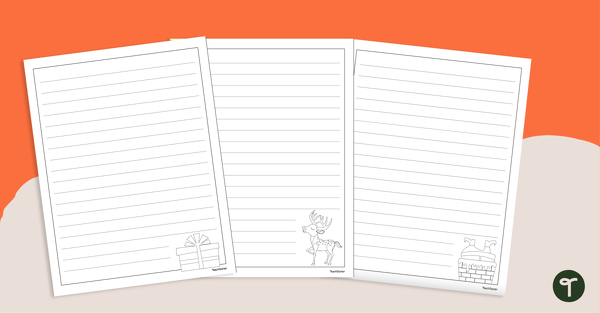
Printable Christmas Letter Paper - Wide Ruled
Skip the plain old notebook paper for your Christmas writing prompts and print your own Christmas writing paper.
- Plus Plan
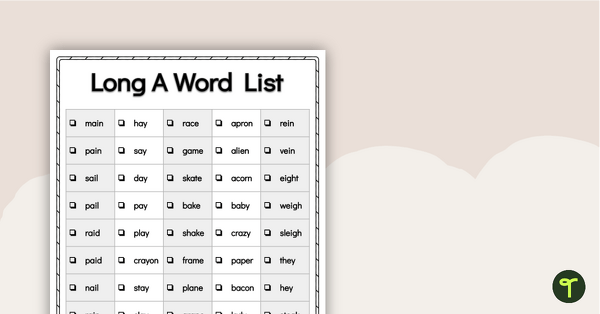
Long A Word List
Introduce and explore words containing letter combinations that make the “long a” sound with this printable long A word list.
- Plus Plan
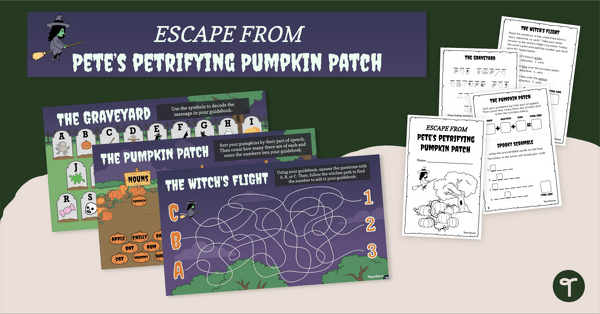
Escape from Pete's Pumpkin Patch - Halloween Escape Room
Escape the evil witch who turns children into pumpkins at Pete’s Pumpkin Patch using inferencing, problem solving, and grammar skills
- Plus Plan
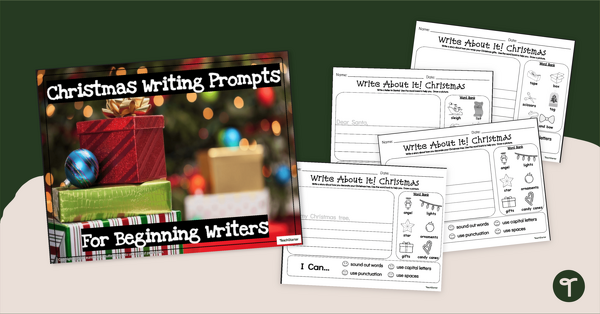
Christmas Writing Prompts for Beginning Writers
Celebrate Christmas time and practice those writing skills with your young sentence writers.
- Plus Plan
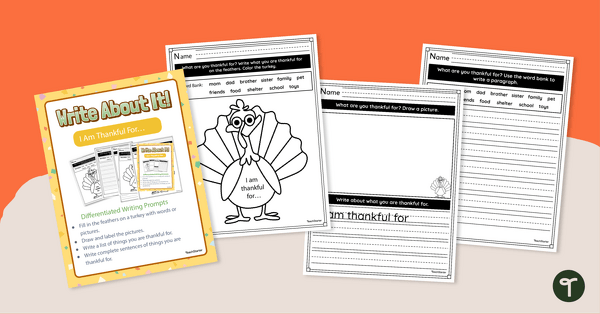
Write About It! I Am Thankful
Differentiate writing instruction this Thanksgiving with a group of “I Am Thankful” writing prompts for second grade and under.
- Plus Plan
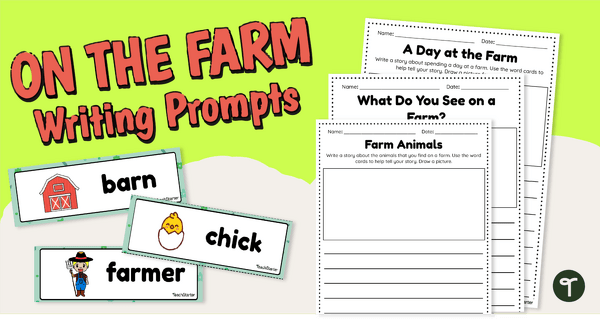
On the Farm - Vocabulary and Writing Prompts
Inspire young farmers to read and write about the farm with farm-themed writing prompts and word wall cards.
- Plus Plan
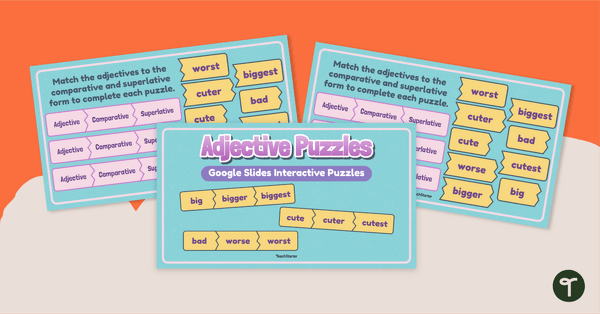
Comparative and Superlative Adjectives Interactive Puzzles
Provide your students with engaging, interactive activities to help them improve their usage of comparative and superlative adjectives.
- Plus Plan

Ocean Writing Center
Build stronger vocabulary and writing skills with an ocean-themed writing center.
- Plus Plan
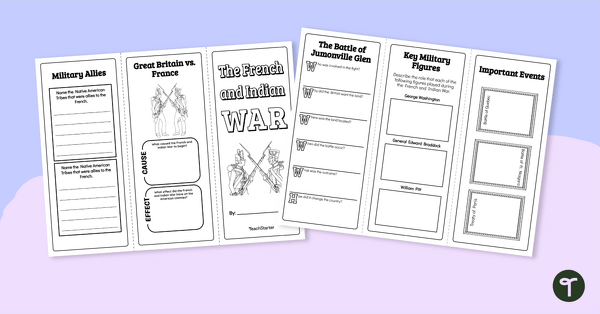
French and Indian War - Brochure Project Template
Create a graphic summary of the French and Indian War with a brochure template.
- Plus Plan
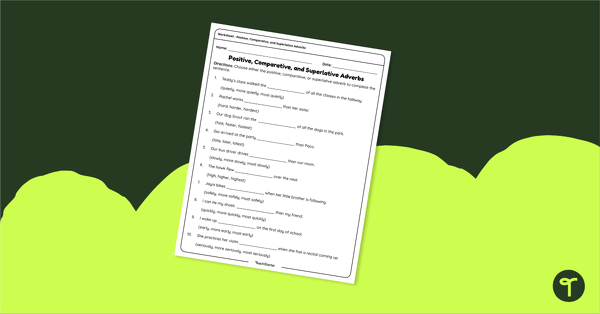
Positive, Comparative, Superlative Adverbs Worksheet
Practice using positive, comparative, and superlative adverbs with an adverb worksheet.
- Plus Plan
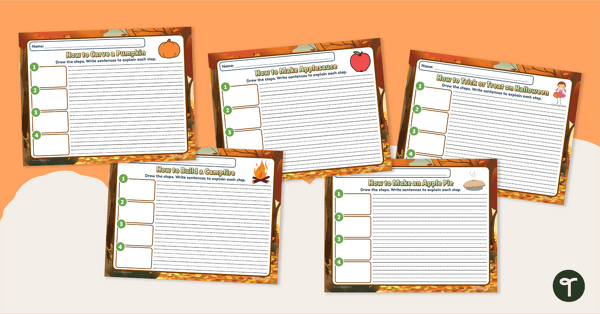
Fall Themed Informational Writing Prompt Worksheets
Celebrate Autumn and write an informational piece using these handy fall writing prompt worksheets.
- Plus Plan
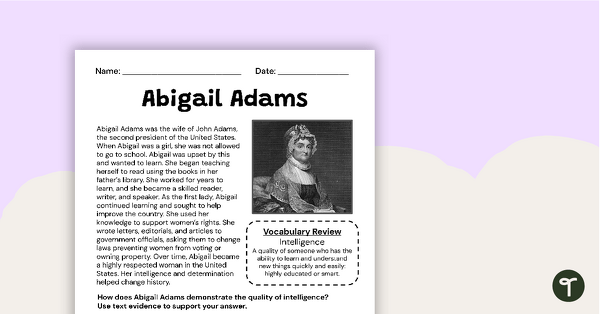
Abigail Adams Constructed Response Worksheet
Use this passage, writing prompt, and worksheet to help students write a constructed response paragraph about Abigail Adams.
- Plus Plan
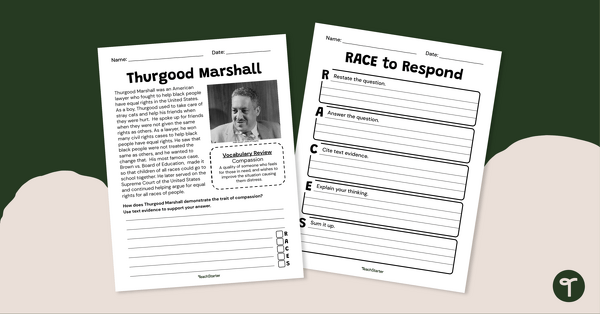
Thurgood Marshall Constructed Response Worksheet
Discover the influence and positive character traits of Thurgood Marshall with a reading passage and RACES writing prompt for fourth grade.
- Plus Plan
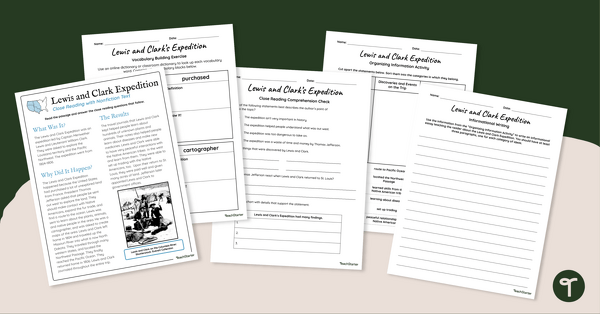
Lewis and Clark Close Read Comprehension Pack
Enhance your students' comprehension, vocabulary, and writing skills with a close reading passage and activity pack about the Lewis and Clark Expedition.
- Plus Plan
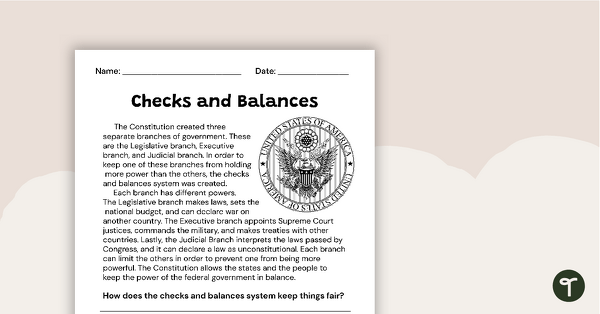
Checks and Balances - RACES Writing Prompt Worksheet
Practice using the RACES writing strategy and unravel the mysteries of the U.S. Government system of checks and balances with a passage, organizer, and prompt.
- Plus Plan

Westward Expansion Close Reading and Writing Pack
Enhance your students' close reading strategies, vocabulary, and writing skills with a Westward Expansion reading passage and accompanying activities.
- Plus Plan
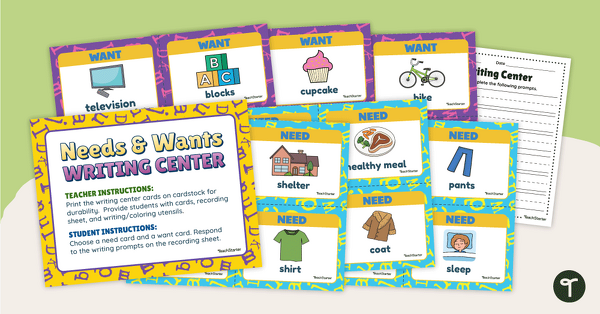
Needs and Wants Writing Center Activity
Combine Social studies and writing content with a set of Needs and Wants writing prompts for first grade.
- Plus Plan
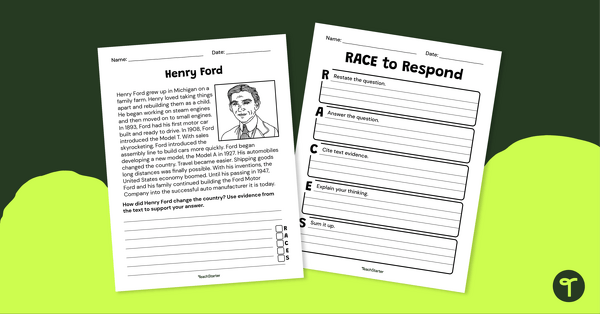
Henry Ford - RACES Writing Strategy Worksheets
Provide students with Social Studies and Writing instruction using the RACES strategy for constructed response paragraphs.
- Plus Plan
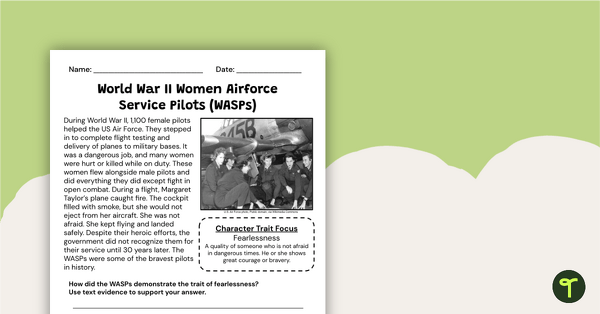
Women Airforce Service Pilots (WASPs) Constructed Response Worksheet
Use our printable constructed response writing prompts for fourth grade to learn about the fearless Women’s Air Force Service Pilots (WASPs).
- Plus Plan
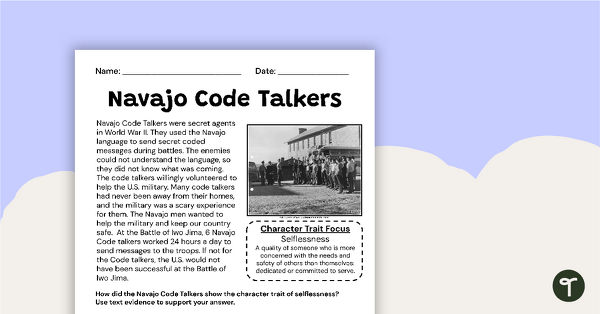
Navajo Code Talkers Constructed Response Worksheet
Discover the impact of the Navajo Code Talkers on the outcome of World War II with a cross-curricular constructed response worksheet.
- Plus Plan

Possessive Nouns - Interactive Clipcards
Provide digital possessive noun practice activities for your learners with a Google Interactive activity.
- Plus Plan
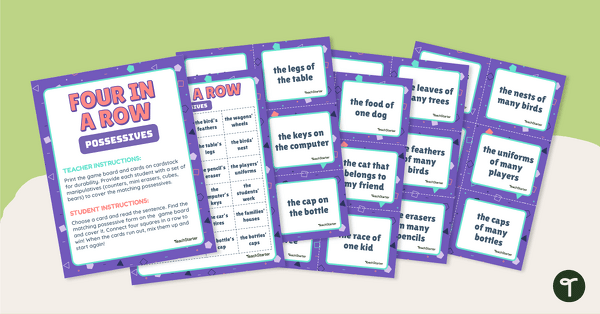
Possessive Nouns - Four in a Row Game
Practice using the correct forms of possessive nouns with an exciting game of Four-in-a-Row!
- Plus Plan
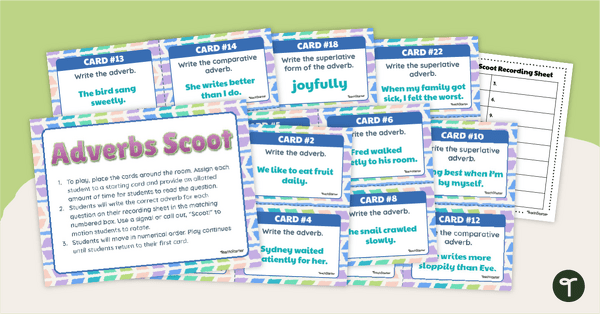
Adverbs Scoot
Build vocabulary and grammar skills with a game of Comparative and Superlative Adverbs SCOOT!
- Plus Plan
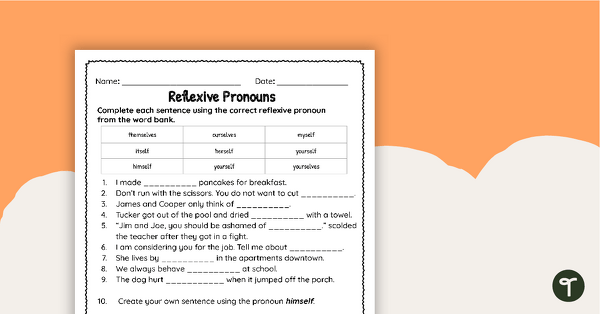
Reflexive Pronoun Worksheet
Use this reflexive pronouns worksheet to teach your students about reflexive pronouns and how they are used in sentences.
- Plus Plan
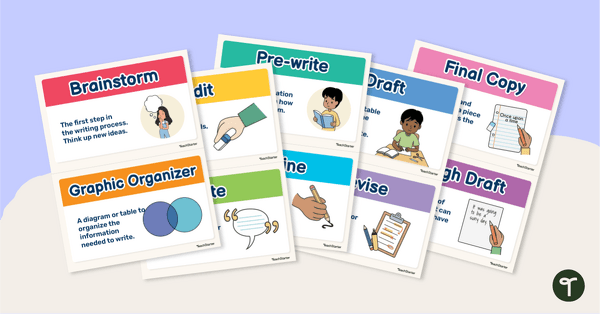
Writing Process Posters-Classroom Display
Create a beautiful visual word wall in your classroom to support your students in the mastery of the writing process!
- Plus Plan
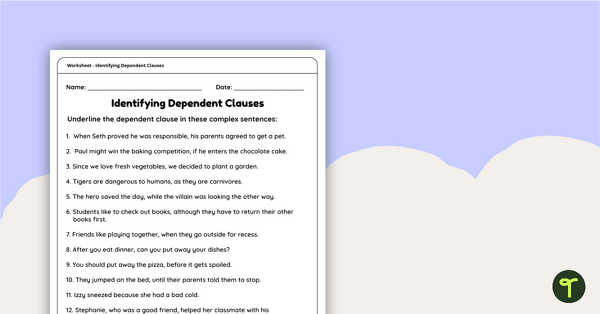
Identifying Dependent Clauses Worksheet
Practice identifying dependent clauses in complex sentences with a dependent clause worksheet.
- Plus Plan
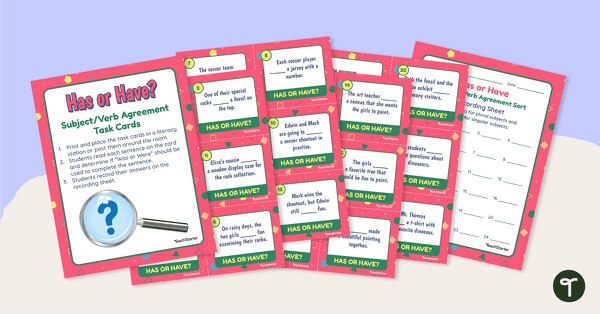
Has/Have Subject Verb Agreement Task Cards
Practice using has and have correctly using a set of Subject-Verb agreement task cards.
- Plus Plan
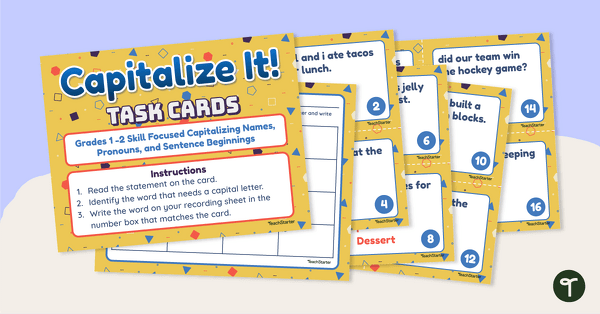
Capitalize it! Task Cards - Primary
Reinforce capitalization for proper nouns, the pronoun ‘I,’ and the beginning of sentences in text with this set of task cards.